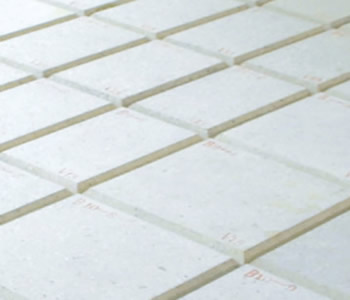
Product List
Success Case
Contact Us
- 0086 371 63838939
- 0086 371 63835539
- sales@sunriserefr.com
- tkfanyi
- No.36 Fengchan Road, Zhengzhou City

News
The Bottom Lining Materials of Glass Furnaces
- More related products
- Fused Cast AZS Block
- Fused Cast Alumina Block
- Fused Cast High Zirconia Block
- Fused Cast Skid Rail Block
When choosing the bottom lining materials of glass furnaces, there are many factors to consider. The main factor is the physical properties of the refractory materials.

The thermal expansion of the bottom lining materials should be near the straight seams to avoid the glass penetration caused by the expansion.
Since the thermal conductivity of the bottom brick can affect the temperature of the vertical and horizontal interface, materials with a low thermal conductivity should be chosen to reduce the temperature of the brick joints to reduce the corrosion of glass liquid and metal to the minimum.
At high temperature, the glass phase of refractory materials exudate or migrate to the surface. It can cause the penetration of glass liquid through the vertical and horizontal joints between paving layers. The glass phase may promote the crystallization of glass liquid and the perforation on the bottom. Therefore, it is important to choose materials with a low content of glass phase.
With the application of the electric flux and electric melting furnace, electricity resistivity of materials must also be considered to increase. This is not only related to the side walls, but also to the bottom structure. Refractory materials with high electricity resistance must be selected in order to avoid leakage of electricity. Therefore, the heating effect is enhanced to reduce the erosion of molten glass to refractory.
Therefore, when selecting the bottom lining, take the physical properties, porosity and chemical composition as well as the composition of glass into account to improve productivity and eliminate the impact of the bottom temperature on the upper portion of paving layers.
Leave Message
For more information on any of our products please get in touch using the form below. One of our sales team will respond to your enquiry as soon as possible.

Copyright © 2014 Zhengzhou Sunrise Refractory Co., Ltd. Site Index Product Index












